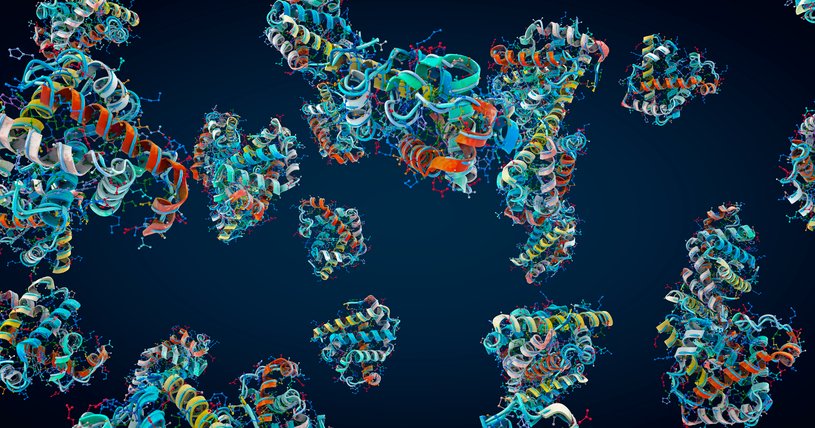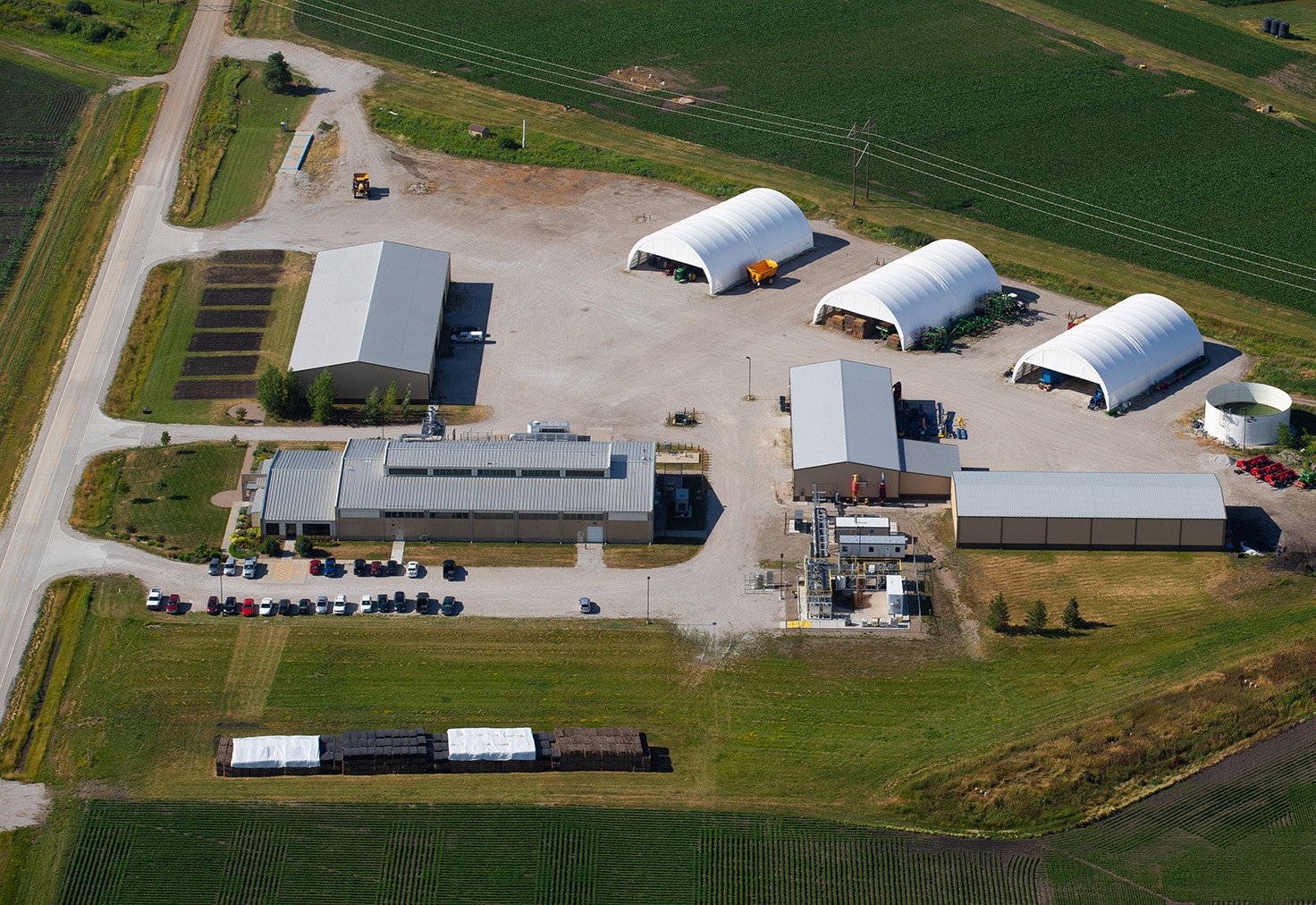It has long been thought that protein function and stability are highly sensitive to changes in the composition of the internal structures, or protein cores. However, a large-scale experiment probing the inner architecture of proteins has upended that notion, opening doors to more efficient protein design.
The study, led by researchers from the Centre for Genomic Regulation (CRG) in Barcelona and the Wellcome Sanger Institute in the U.K., identifies fundamental “rules” of protein structural stability that span a billion years of evolution. The paper, published in Science, is entitled “Genetics, energetics, and allostery in proteins with randomized cores and surfaces.”
To test the idea that mutations in the core could easily destabilize the entire protein, the team “quantified the stability of tens of thousands of proteins with randomized cores and surfaces.” They experimentally tested hundreds of thousands of variations of a small human protein domain called FYN-SH3 to determine which amino acid sequences remained stable and functional.

The team systematically randomized the core and surface sequences of the SH3 domain and used high-throughput assays to test which variants still folded correctly and remained functional. Unexpectedly, many variations remained stable, even those with extensive changes.
“Our data challenges the dogma of proteins being a delicate house of cards,” explained first author Albert Escobedo, PhD, of CRG. “The physical rules governing their stability are more like Lego than Jenga, where a change to one brick threatening to bring the entire structure down is a rare, and crucially, predictable phenomenon,”
Only a few amino acid residues are essential for structural integrity. Changes to the protein core can still disrupt protein function, but these are through indirect allosteric effects, rather than fundamental structural changes that impact the protein stability.
Using this data, the researchers used machine learning algorithms to broaden the scope of their data and predict how mutations can affect protein sequence and stability. They trained simple energy models on their experimental data, then tested their models against over 51,000 natural SH3 domain sequences across many clades, including bacteria, plants, insects, and humans.
“These energy models successfully identify the combinations of amino acids present in natural proteins that have evolved over more than a billion years,” the authors wrote.
Interestingly, the model remained accurate despite the diversity of natural domains and the divergence over such a long time span—some domains sharing less than 25% of their sequences between species.
“Evolution didn’t have to sift through an entire universe of sequences. Instead, the biochemical laws of folding create a vast, forgiving landscape for natural selection,” said Escobedo.
The field of protein engineering and design often relies on the concept that making small incremental changes to structure, followed by experimentally screening variants, is necessary. However, with the increasing use of machine learning and AI, this expectation is increasingly being pushed aside. The present work suggests that while not all proteins with significant core changes are functional, large-scale redesigns, including changes to core domains, may retain stability, challenging assumptions that such regions are off-limits.
Protein design, and more specifically the design of therapeutics, may benefit from the use of machine learning modeling to design proteins that not only function to treat a specific disease, but also avoid triggering an immune response.
“The ability to predict and model protein evolution opens the door to designing biology at industrial speed, challenging the conservative pacing of protein engineering,” said senior author Ben Lehner, PhD, of the CRG and the Wellcome Sanger Institute.
The post Protein Core Stability Rules Open Door for Faster Protein Design appeared first on GEN – Genetic Engineering and Biotechnology News.




